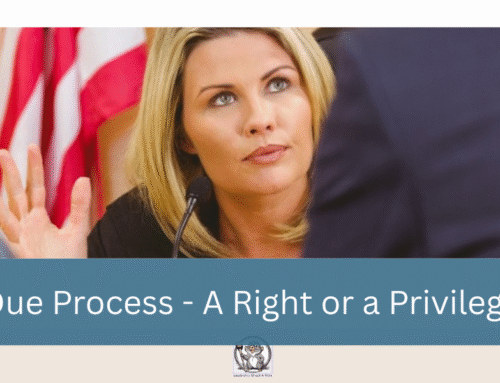
Does HR Really Influence Joy in the Workplace?
By Ric Shriver
I recently had a conversation with a CEO of a free-standing healthcare organization about the impact HR can and should have on the organization. She asked me, in a very pointed way, “if there are only two measures that you would want me to judge your effectiveness by, what would those two measures be?” Her question perplexed me because as HR and OD professionals, we have a multitude of metrics that we regularly monitor and typically measure our performance by. But she wanted a succinct answer. So, the first measure came easily to me – engagement! High levels of engagement drive a multitude of other measures that positively influence the culture. But the second measure I had to think about. If a solid, high performance, and energetic culture is what an organization is striving for, what beyond the engagement scores can best measure that? I conveyed to her that the second, and probably most important measure of success is the patient experience score for the organization. If the primary stakeholders of the organization are positive about the culture, then in a people driven business, the patient experience, or customer satisfaction scores, should reflect that.
But the next big question for all leaders is how can I positively influence the engagement levels of my team with a subsequent positive impact on the perceptions of my primary customers? I am convinced that it starts with the way we design, define, and structure the jobs we have on our team(s). If we have structured the work that maximizes patient/customer satisfaction, and we have clearly identified the talent we will need to fill those jobs, we have successfully managed 80% of the battle for a high-performance, high-quality culture.
While we don’t mention it as one of the 5 key performance management steps in the 4th chapter of Leadership Whack-A-Mole, defining and documenting core processes for the business or business sub-unit is a prerequisite for effective performance management. And to ensure that strong, efficient, and effective processes have been implemented, a clear understanding of the needs of the customers and clients served must be obtained. Assuming well-structured processes have been developed and implemented to serve the customers and clients of the business effectively, then meaningful jobs can be defined and filled by competent individuals.
The Right Job, The Right Fit, and The Right Reinforcement
I define meaningful jobs as ones that are well defined by the essential duties of the job, the education and experience required to perform the job, the primary skills and behaviors supporting solid performance of the essential duties, the physical and mental requirements of the job, and finally the environmental conditions and potential hazards experienced while performing the job. There have been many studies, articles, and experiments initiated and conducted to help ascertain what truly makes a job motivating, engaging, and satisfying for an incumbent. But like most of what we deal with in our complex world, what constitutes a meaningful job in one environment or for one individual may not be perceived the same way in another environment or by a different individual. Some key principles I have always tried to keep in mind when constructing a meaningful job are as follows:
- The job incorporates the core essential duties needing to be completed to meet the expectations of the primary customers and clients served.
- The job’s essential duties, when performed in accordance with the expected output from the job, can be performed within a reasonable period (based on the financial support provided for the position) by someone with the required education and experience.
- The job is significant, meaningful, and perceived by the business and customers to have value
- There are adequate feedback mechanisms and valid measurement systems in place to enable objective feedback to the incumbent and the organization regarding the performance of the individual and the function to which the position is assigned.
- The job allows for meaningful and socially rewarding opportunities for interaction with other members of the team and/or the customer base, resulting in an emotional sense of joy and confidence for the incumbent.
What I have experienced in the positions I have held over the past few years is that many organizations and many leaders, particularly those organizations and leaders who do not operate in a physical production environment, have little or no idea about realistic expectations for established jobs. In the 4th chapter of Leadership Whack-A-Mole we devoted much of our writing to helping leaders understand how to design, develop, and reinforce meaningful jobs to function successfully in an ever-changing and dynamic environment. The rest of Leadership Whack-A-Mole defines and reinforces leadership and organizational best practices for fostering a healthy and joyful work environment.




